Many people in publicly funded organisations work in reactive environments where urgent issues demand immediate attention. The urgent issues can often obscure other important priorities and, once they are out of sight, those other priorities can end up out of mind. It can be difficult to focus on even the most significant priorities when they seem far away but, when they do come into closer view, it’s often too late to deliver them well and on time.
Publicly funded organisations and their workers juggle many simultaneous, often competing, demands that can shift suddenly for political or operational reasons. People naturally pay closer attention to issues and deadlines that are closer to them in time and space, so prioritising the most urgent tasks is a common default approach. This is especially common when people feel overwhelmed by the volume of work assigned to them.
Managing the most urgent or difficult issues also tends to consume more time for senior leaders. This can signal to others in the organisation that urgent equals important. The most important priorities, however, are often significant pieces of work with long lead times. This can make the end point feel distant, especially when compared with more urgent, pressing demands.
The end points for big, important priorities eventually do arrive. By the time that happens, essential early work has often been postponed for so long that there is no longer enough time to finish the job. That means the most important work, and benefits, can be delayed by less significant, but apparently more urgent work.
Sometimes, significant priorities end up being delivered in a big rush at the end, to a lower standard than planned, which realises less public value. This can reinforce a vicious cycle of everything feeling urgent all the time, because many of the most important priorities for publicly funded organisations are intended to reduce the number and urgency of distracting issues so that workers can focus on the things that matter most.

The biggest priorities for most organisations are designed to address the most difficult problems. Solving these problems often needs sustained and coordinated effort from many people, for a long time. It’s easier to maintain a sense of both urgency and importance if the work is organised as a series of smaller deadlines, distributed as milestones over time.
This approach also highlights the need for early work to unlock later work, making the immediate next steps in a long and important journey feel urgent, even if the important end point is still some distance away.
The ways we plan, monitor, and manage work should recognise that these interim milestones are, at least, as urgent as more fleeting distractions. That way the important work is less likely to get left behind.
Interim milestones are a potent and pressing reminder that it takes sustained effort to achieve our biggest and most important goals for the future. Even for workers with many time pressures and unanticipated issues to manage, long-term goals can never be realised unless we make time to work on them now. This is doubly true for work designed to reduce future demand.
Keeping a watchful eye on progress over time reduces the risk of daily distractions delaying or displacing our most important priorities beyond the tipping point where they can no longer be delivered well, or on time.
Disaggregating important goals into short-, medium-, and long-term milestones helps keep our focus on the work that matters most. We make fewer short-sighted trade-offs when the big picture is right here and now.
